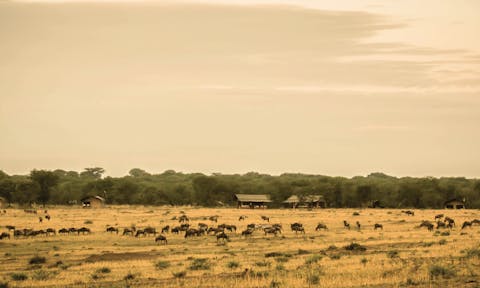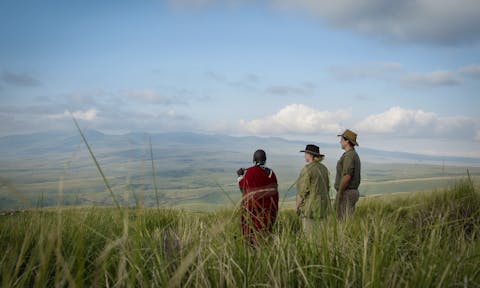Zanzibar

The Zanzibar archipelago is the meeting point between Africa, Arabia and India. This semi-autonomous region is a popular post-safari destination, providing a tropical beach …































